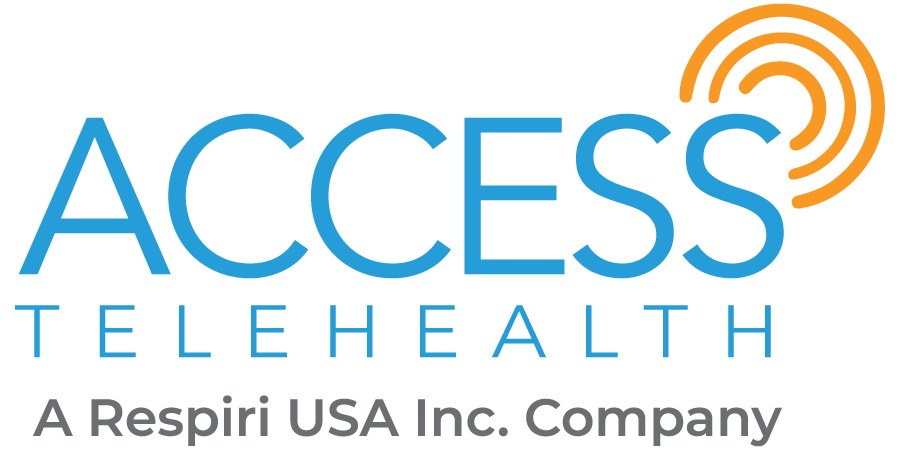7 Benefits of Telemedicine for Doctors and Patients
The health care industry isn't typically considered the most innovative of spaces out there. After all, innovating in health care is faced with myriad challenges like fragmentation and increasing patient consumerism.
One recent innovation, though, is making serious waves in the industry. Telehealth is a rising star that, according to our analyses, has nowhere to go but up.
As a health care professional, you may be wondering about the benefits of telemedicine. That's why we want to show you what you and your patients have to gain from this innovative new method of medical care.
Curious about the top benefits of telehealth for you and your patients? We've got seven of them for you here, so check them out.
1 - Patients Don't Have to Miss Work to Get Care
In a 2014 study, researchers looked at the reasons why patients forego medical care. 15.6 percent of 1,369 total participants cited time constraints as the number one reason for skipping out on their annual check-up.
Patients with full-time jobs know all too well how difficult it is to organize the time for a doctor's appointment. There are commute times to consider and, sometimes, lost wages to stress about. For rural patients, these costs are often too high to justify.
With telehealth, patients don't have to miss work or make lengthy commutes for a 30-minute appointment. Patients get the care they need while practices reduce no-shows. In fact, one hospital saw a 50 percent reduction in no-shows after a year of using telehealth.
2 - Practices Save Money on Operational Cost
The University of Pittsburgh Medical Center says it saves more than $86 each time a patient chooses telehealth over a traditional hospital visit. Why? In part, this is because telehealth cuts down on unnecessary trips to the hospital or, worse, the ER.
Telehealth allows physicians to treat common conditions with an in-person visit. For example, consider the fact that urinary tract infections (UTIs) and headaches are among the top five reasons people visit the ER. Both of these conditions are easily treatable at home.
Instead of wasting money on unnecessary hospital and ER admissions, providers can address non-serious conditions acutely. This not only saves you time but also money.
3 - Practices are More Likely to Engage with Providers
Patient satisfaction with an episode of care is highly dependent on convenience and quality. What's the best way to meet these expectations? According to a 2019 dataset from Massachusetts General Hospital (MGH), it's telehealth.
Convenience combines the need for easier access and more streamlined health care services. Telehealth helps hospitals achieve both of these goals by allowing patients to get care from a distance and without the hassles in-person visits often present.
Meanwhile, telehealth allows for a higher quality of care since patients get one-on-one attention. Patients can make more meaningful connections with their providers. Indeed, MGH's dataset showed that 66% of patients experienced stronger provider-patient interactions via telehealth than with in-person visits.
4 - Practices Can Increase Revenue
As we've mentioned already, telehealth is saving hospitals and practices countless dollars every year. It should be no surprise, then, that another benefit of telehealth is its revenue-boosting effect.
Telehealth appointments are much less time-consuming for providers, which means you might find yourself with extra time for more appointments. Some practices have begun extending their hours to take more telehealth visits in a day.
Perhaps more importantly, telehealth does reduce no-shows. That means less uncollected revenue for your practice and less wasted time for you and your colleagues. Plus, with increased patient satisfaction, practices can improve retention rates.
5 - Patients Get Better Access to Care
For rural patients, missing work for a doctor's appointment is the least of their concerns. Rural patients must drive hours for care and, often, the care they receive isn't of the same standard as urban facilities.
A recent survey spoke to this issue: 26 percent of rural patients don't see a health care professional for moderate to severe symptoms. Some of the reasons cited were as follows:
- 19% said they couldn't find an in-network provider
- 22% said they couldn't find an appointment that suited their schedules
- 23% said that geographic issues were to blame
At the same time, 36% of rural patients said their health would improve upon access to higher-quality medical care. The good news is telehealth is the solution rural patients have been searching for.
6 - Practices Can Improve Efficiency
A 2018 report from the Medical Group Management Association (MGMA) discussed the features of the top-performing hospitals in America. What do they have in common? These hospitals leverage technology and telehealth to streamline operations.
Telehealth benefits practices and hospitals by decreasing patient wait times while also upping patient volumes. At the same time, providers see improvements in patient satisfaction scores, which contribute to valuable retention rates.
Meanwhile, telehealth also facilitates quicker access to patient data. Rural patients, in particular, are notorious for having fractured patient health information. With telehealth, these patients see the same provider every time, making data collection easier and more accurate.
7 - Patients Will Save Money
Since the individual mandate was repealed, patients are paying higher out-of-pocket costs than ever before. In fact, many patients spent $5,000 or more on out-of-pocket medical expenses in 2017. The majority of these were patients with high-deductible health plans (HDHPs).
One response to this issue has been the introduction of telehealth. Not only is a telehealth visit cheaper than in-person care, but patients also save millions of dollars in travel costs. Indeed, Oregon Health and Science University says 45% of their patients saved $6.4 million travel costs by seeking telehealth instead of traditional care.
Plus, as their medical costs decrease, patients are more likely to pay promptly and in-full. That's great news for your hospital's or practice's margins.
The Benefits of Telemedicine are Here to Stay
Patients and physicians alike love telehealth, especially given the current situation. To harness the benefits of telemedicine, you've got to partner with the best technology provider around.
That's why you need My Access Telehealth.
Ready to begin your telehealth journey? Get in touch with us today to learn more about our incredible software products!



